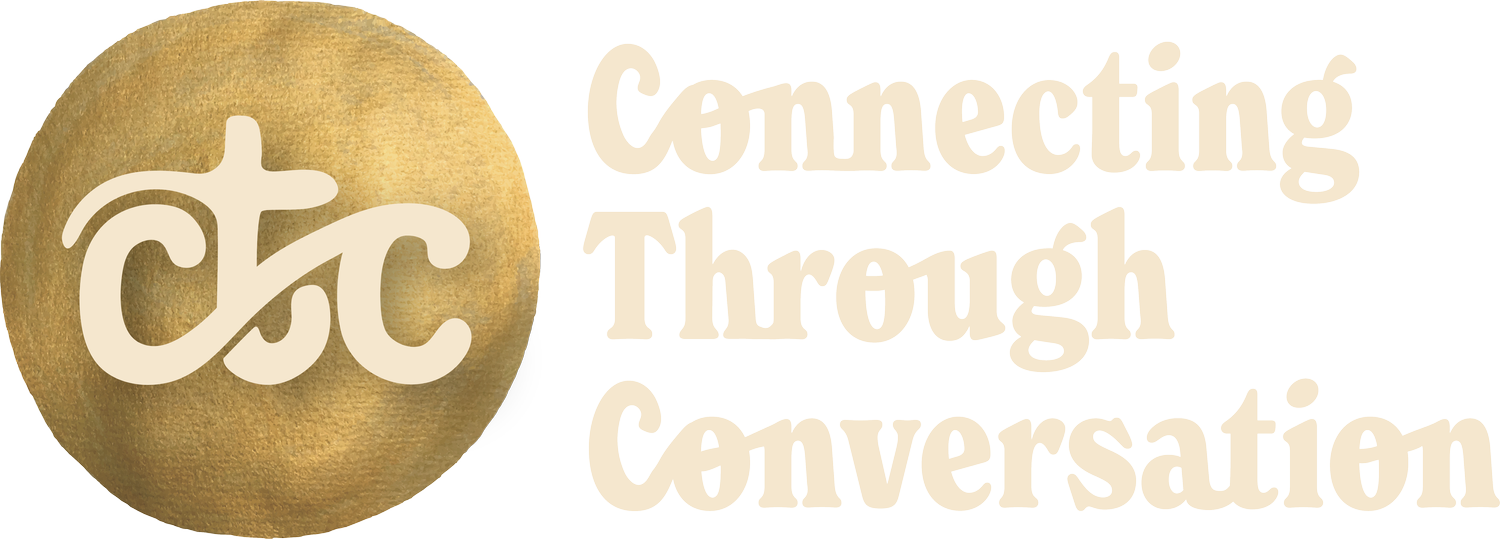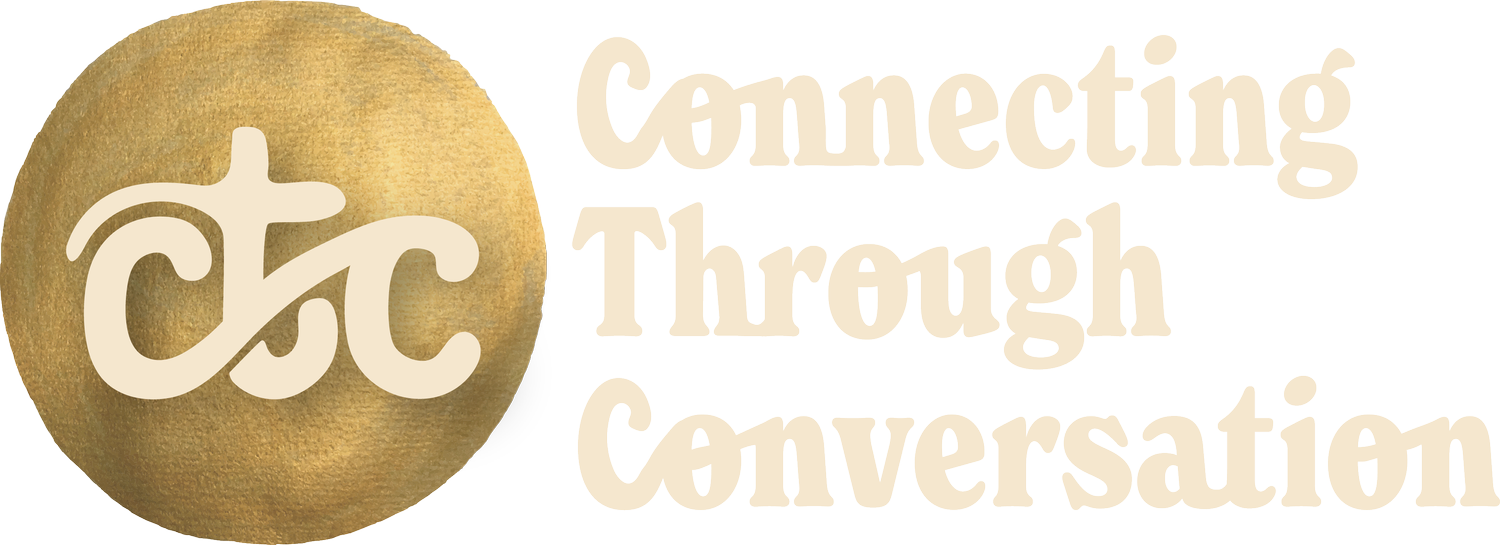Planning for a Connected Conversation
Building a culture of connection doesn’t just happen by accident. It takes time and planning. Connected Communicators must be intentional every time we engage in a high stakes conversation. Here at CTC, we have found that a bit of planning can make all the difference! Check out the 4 “Ws” below to ensure that you are prepared to make any conversation a connected one.
Who
Most behavioral conversations are best had by the person closest to the student when the behavior occurred. If an educator asks someone else to intervene on a behavior they witnessed, they may be sending the message, “the other person is in charge, not me.” Every educator must carefully consider the power they give away when they send a student to the office.
That said, there are times when it is absolutely appropriate to ask another educator to step in. Ask yourself, who has the strongest relationship with this student? Was the behavior big enough that your admin needs to get involved?
Where
The topic of your conversation determines the location. Pick a place that’s comfortable for the student. Is that in the classroom? On the playground? Does the conversation require privacy? Perhaps the office, a quiet corner of the building, or an outdoor bench would be a better fit. You know your campus- think about how to leverage the spaces you already have.
For a student who is dysregulated, consider having the conversation on the move. We’ve had some of our most productive conversations walking around the track or swinging on the playground. Try to be side-by-side. This positioning is non-threatening, and makes it easier for students to share what’s on their hearts and minds.
What
Make sure you are clear about the purpose of the conversation before you have it. If the purpose is muddy for you, it will certainly be muddy for the student. What needs to be understood or agreed upon by the end of the conversation? Write this down! Take a minute to jot down a few quick points. This helps ensure that you won’t miss anything important, or wiggle out of saying something that may be hard, but must be communicated.
When
Before selecting the time of day, make sure you are emotionally ready for a connected conversation. If you are feeling angry, hurt, or scared - push pause. While student behavior isn’t personal, we are all people! Remind yourself that a student’s behavior is what they did, not who they are. This reframe is crucial for educators. Take the time you need to separate the behavior from the person, and do not dive in until you are confident your emotions won’t take over.
Now that you are prepared, think about the timing. Is it urgent? Or does it just need to happen before the end of the school day? Whenever possible, choose a time that has the least impact on learning. If the student is anxious, and therefore distracted, have the conversation as soon as you are able. If it’s unlikely the student will be able to focus after the conversation, try and time it towards the end of the day. Do your best to estimate the time required. Don’t try and squeeze a 10 minute conversation into 5 minutes!
Connecting It
We often get asked if these same principles apply with adults. They absolutely do! Considering the who, where, what, and when of a conversation can make or break connection no matter who you are taking with at school. Access a free conversation planning guide on the resources page of our website here.

